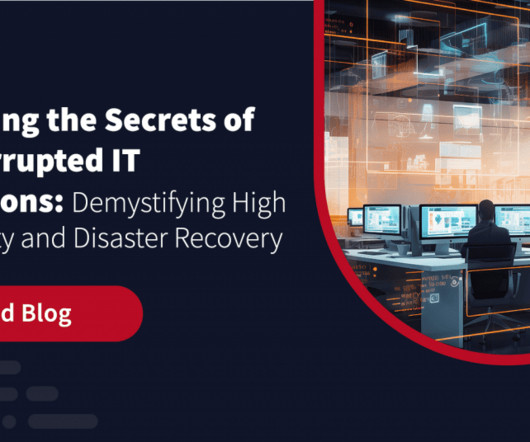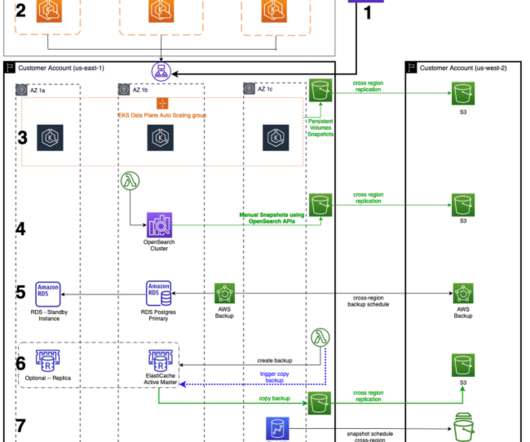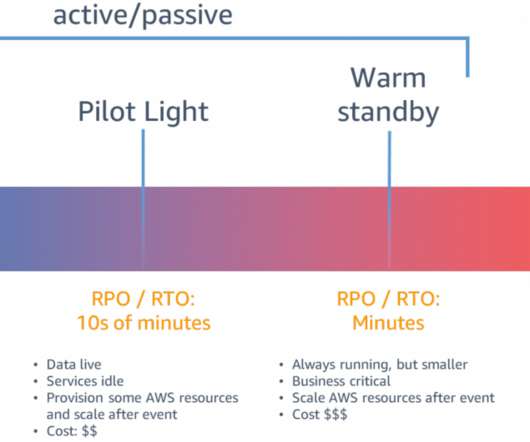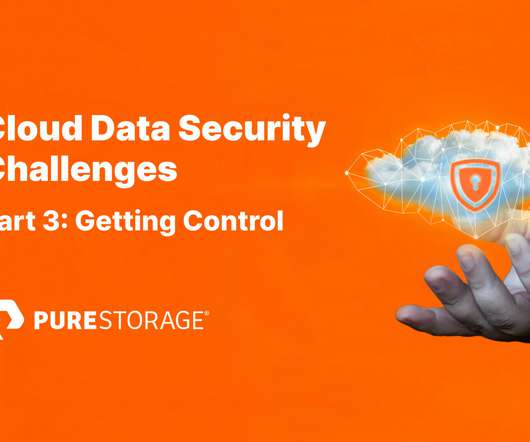All Outages Like British Air are ALWAYS Human Error!
Alternative Resiliency Services Corp
JUNE 6, 2017
Humans conflate Availability with Contingency Many outages are caused or exacerbated because ‘fail-proof’ systems failed. Why didn’t they activate their Disaster Recovery Plan? In the outage described above, the IT organization response was delayed by almost two hours and was initially sluggish.






















Let's personalize your content